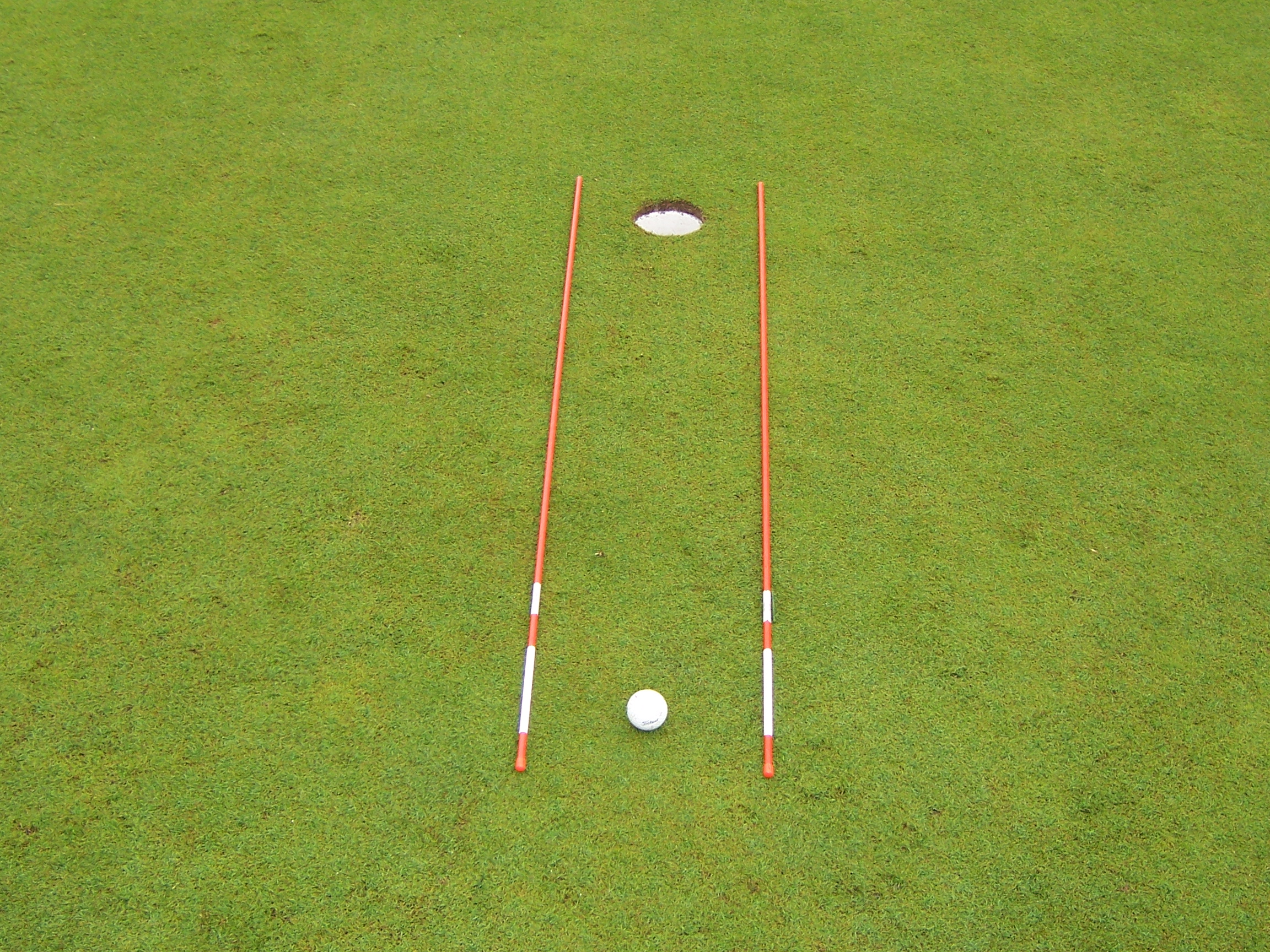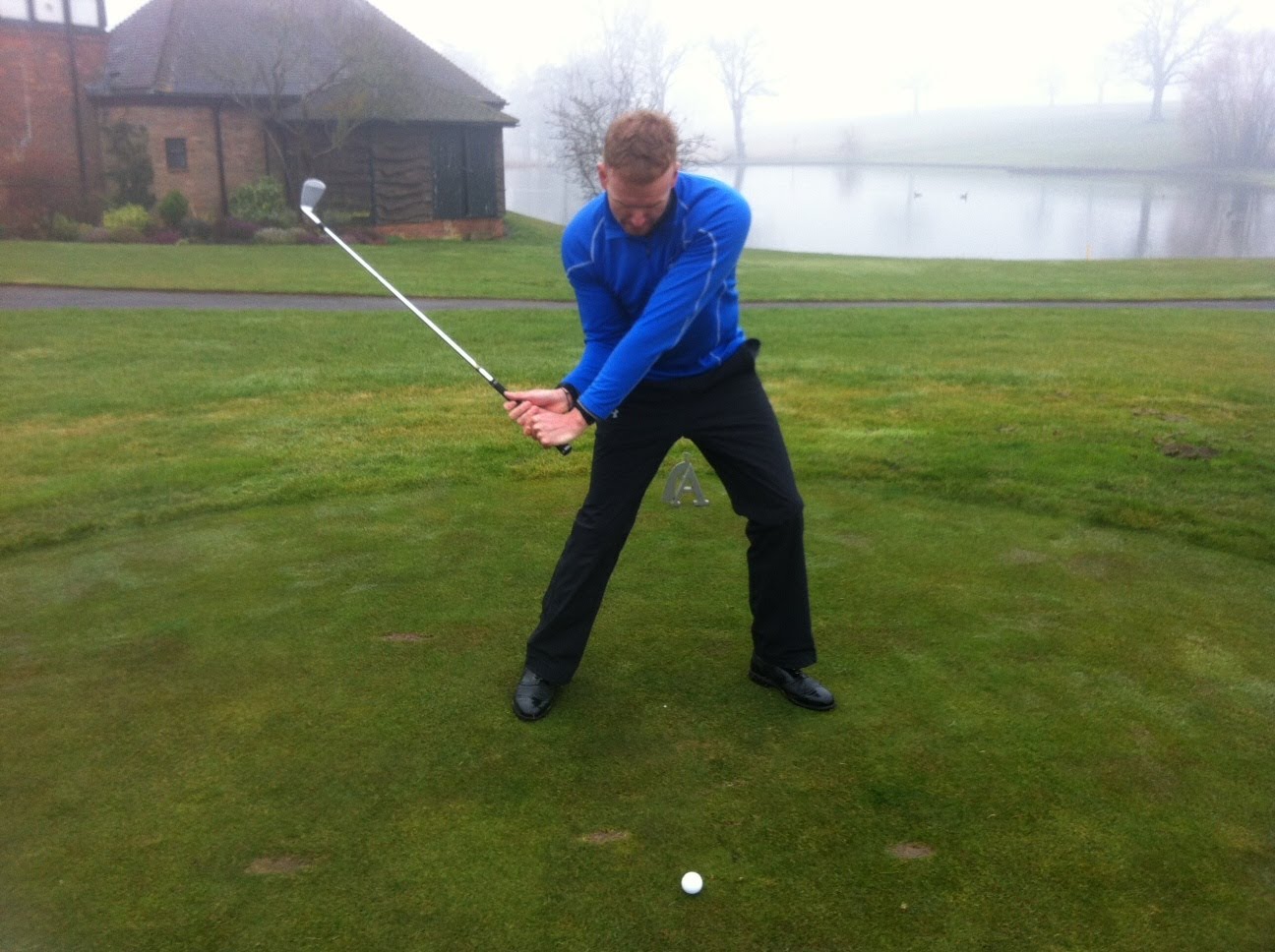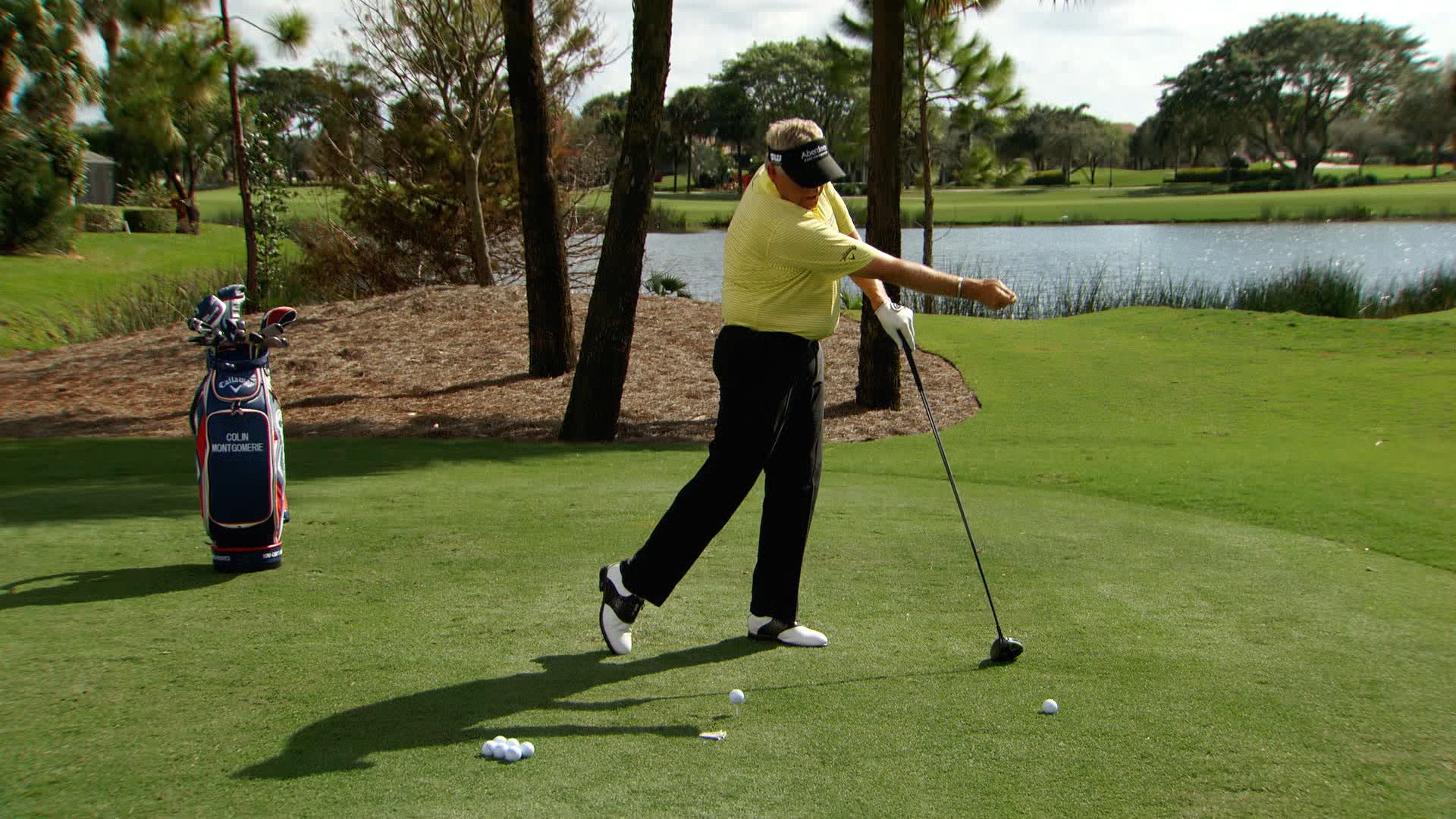When you’re playing golf with people you’ve never played with before, the question about a handicap is a common one. And because only 20 percent of all golfers have legitimate handicaps, the answers, whether the golfer is trying to be truthful or not, are often without merit.
Most golfers who don’t have a handicap just guess their average score and subtract 72 from it. That’s not a handicap.
And even those who have a real USGA or R&A handicap index, because of the way handicaps are reported nowadays, can fudge their way to being a sandbagger (but that’s a different discussion).
Fortunately, in many tournament settings there are certain safeguards to look out for with handicaps. For example, if you play in the Golf Channel Am Tour, your handicap will land you in a certain flight, but your tournament scores on the Am Tour carry far more weight. Shoot a few low scores or win a couple of times, and you’re likely to get bumped up to more skilled flight. In fact, the national champion in each flight, except at the championship level, automatically moves up to the next flight the following season.
In an ideal world, of course, everybody reports their actual scores and makes the proper adjustments and there’s little need to intercede.
How to Use the Golf Handicap System
The United States Golf Association constructed the handicap system to level the playing field for everyone. Golf handicap calculations use an esoteric system of “course rating” and something called “slope” to compute exactly how many strokes everyone should get. Few people understand or can explain how the course rating and slope are computed, so be like everyone else — accept both and go with the flow.
Getting a Handicap In Golf
If you’ve never played golf before, you won’t have a handicap yet. Don’t worry — you have plenty of time. When you’re ready, you want to test yourself on a real golf course and give your progress a number. Make that two numbers: your score and your handicap.
The first thing you need to do is keep score. Get a golfer friend to accompany you in a round of 18 holes. This person must keep score and sign your card at the end of the round. To be valid, a card needs two signatures — your own and that of the person you’re playing with. That way, all scores are clearly valid, and corruption is kept to a minimum.
At first, your handicap will probably drop quite quickly. Most new golfers improve by leaps and bounds at first. After that, improvement may continue, but at a much slower pace.
What You’ll Need for the Handicap Formula
What numbers do you have to have in order to perform the handicap index calculation? The formula requires the following:
- Your scores (duh!) – a minimum of five and up to 20. And these are your adjusted gross scores (meaning they follow the equitable stroke control per-hole maximums).
- The USGA course ratings of the golf courses you’ve played.
- The USGA slope ratings of the courses you’ve played.
Have all that? OK, we’re ready to get into the math of the handicap formula.
STEP 1 IN HANDICAP FORMULA: CALCULATE THE DIFFERENTIALS
Using your adjusted gross scores, the course ratings and slope ratings, Step 1 is calculating the handicap differential for each round entered using this formula:
(Score – Course Rating) x 113 / Slope Rating
For example, let’s say your score is 85, the course rating 72.2, the slope 131. The formula would be:
(85 – 72.2) x 113 / 131 = 11.04
The sum of that calculation is called your “handicap differential.” This differential is calculated for each round entered (minimum of five, maximum of 20).
(Note: The number 113 is a constant and represents the slope rating of a golf course of average difficulty.)
Step 2: Determine How Many Differentials to Use
Not every differential that results from Step 1 will be used in the next step.
If only five rounds are entered, only the lowest of your five differentials will be used in the following step. If 20 rounds are entered, only the 10 lowest differentials are used. Use this chart to determine how many differentials to use in your handicap calculation.
Step 3: Average Your Differentials
Get an average of the differentials used by adding them together and dividing by the number used (i.e., if five differentials are used, add them up and divide by five).
Step 4: Arriving At Your Handicap Index
And the final step is to take the number that results from Step 3 and multiply the result by 0.96 (96-percent). Drop all the digits after the tenths (do not round off) and the result is handicap index.
Or, to combine Steps 3 and 4 into a single formula:
(Sum of differentials / number of differentials) x 0.96
Let’s give an example using five differentials. Our differentials worked out to (just making up some numbers for this example) 11.04, 12.33, 9.87, 14.66 and 10.59. So we add those up, which produces the number 58.49. Since we used five differentials, we divide that number by five, which produces 11.698. And we multiple that number by 0.96, which equals 11.23, and 11.2 is our handicap index.
What Your Handicap Means
In golf, the lower your handicap is, the better you are. Thus, if your handicap is 6 and your friend’s is 10, you’re a better player than she is. On average, four strokes better, to be exact.
Assume that par for the 18-hole course we’re going to play is 72. You, as someone with a handicap of 6, would be expected to play 18 holes in a total of 78 strokes, 6 more than par. Your friend, on the other hand, being a 10-handicapper, would hit the ball 82 times on a normal day, 10 more than par. Thus, your handicap is the number of strokes over par you should take to play an 18-hole course.










